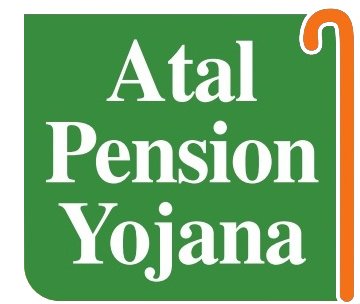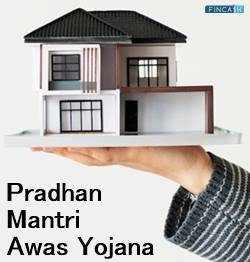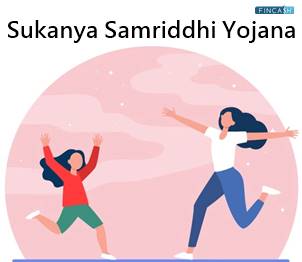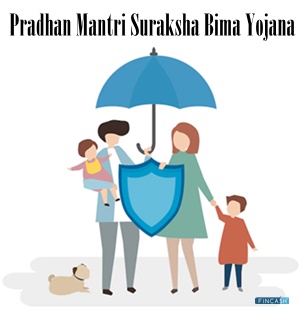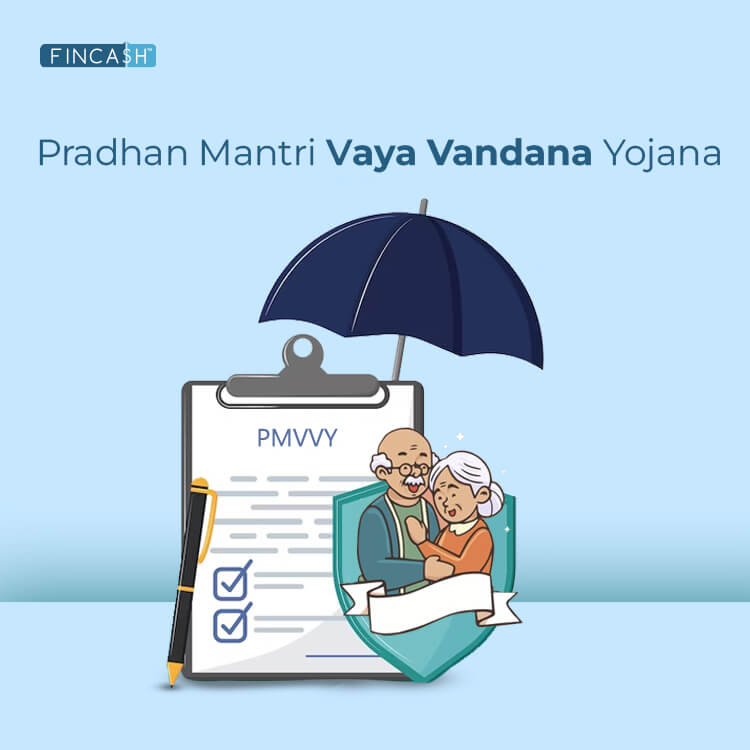Swarna Jayanti Gram Swarojgar Yojana
Swarnajayanti Gram Swarozgar Yojana (SGSY) was introduced in the 1999-2000 Fiscal Year to replace six other affiliated plans. On April 1, 1999, then Prime Minister Shri Atal Bihari Vajpayee announced this initiative.

It was created as an integrated program to support poor rural self-employment. The scheme is funded in a 75:25 ratio by the Center and the State and is implemented by commercial banks, regional banks, and cooperative banks.
Other financial institutions, Panchayat Raj Institutions (PRIs), District Rural Development Agencies (DRDAs), Non-Governmental Organizations (NGOs), and technical institutes in the district participate in the scheme's development, implementation, and monitoring. This article aims to raise awareness of this self-employment opportunity.
Highlights of the Scheme
Before learning more about this scheme, check out its highlights:
| Parameters | Features |
|---|---|
| Scheme Name | Swarnajayanti Gram Swarozgar Yojana (SGSY) |
| Launch Date | 1 April 1999 |
| Launched By | PM Atal Bihari Vajpayee |
| Investment Amount | Maximum limit of Rs. 1.25 lakhs or Rs. 10,000 per person |
| Banks | Commercial Banks, Cooperative Banks, Regional Rural Banks |
| Payment Tenure | Five years, seven years and 9 Years |
How Does Swarna Jayanti Gram Swarojgar Yojana Work?
Low-Income families living Below Poverty Line (BPL) were organized into groups known as Self-Help Groups (SHGs), which were sponsored through a combination of government money and small Bank loans.
The major goal of the SHGs was to assist these families in crossing the poverty line and generating a sustainable source of revenues through a collaborative effort. After the families got themselves out of poverty, the SHGs were established so that each group member could contribute to the fulfilment of a shared goal. Groups were formed based on similar skills, the skill level of the participants, and the amount of time and labour they could provide.
Talk to our investment specialist
Schemes Replaced by Swarna Jayanti Gram Swarojgar Yojana
SGSY Scheme replaced the existing six schemes as follows:
- Integrated Rural Development Programme (IRDP)
- Training of Rural Youth for Self-Employment (TRYSEM)
- Development of Women & Children in Rural Areas (DWCRA)
- Supply of Improved Toolkits to Rural Artisans (SITRA)
- Ganga Kalyan Yojana (GKY)
- Million Wells Scheme (MWS)
Features
Let's take a look at salient features of Swarna Jayanti Gram Swarojgar Yojana mentioned below:
- It aims to establish a significant number of micro-enterprises in rural regions, capitalizing on the potential of the rural poor
- SGSY is a credit cum subsidy scheme. However, credit is the most important component of SGSY, with subsidies serving as a minor enabling Factor. As a result, SGSY anticipates increasing bank engagement
- Supported families are, also known as Swarozgaris, can either be Individuals or groups (Self-Help Groups or SHGs)
- To build micro-enterprises, four to five main activities must be identified in each block based on people's resources, vocational skills, and Market availability
- Under SGSY, critical gaps in investment are filled up to a maximum of 20% (or 25% in the case of the north-eastern states) of the overall program allocation for each district
- It encourages several credit lines rather than a one-time credit 'injection.'
- The focus is on skill development via well-designed training courses
- SGSY ensures technology advancement in the defined activity clusters
- It calls for the promotion and marketing of SGSY Swarozgaris products. This includes providing market data, development, consulting services, and institutional structures for selling commodities, including exports
- The Central and state governments split the SGSY funds in the ratio of 75:25
Objectives of Swarna Jayanti Gram Swarojgar Yojana
Following are the objectives of the scheme:
- To reduce poverty by establishing a significant number of micro firms in rural regions around the country
- Bringing an overall microenterprise program that encompasses all aspects of self-employment, including the organising of rural poor into SHGs
- Integrate various institutions such as District Rural Development Agencies, Banks, Line Departments, Panchayati Raj Institutions, Non-Governmental Organisations (NGOs), and so on
- To supply a mix of income-generating assets, such as Bank Credit and government subsidies
- The scheme envisions the creation of activity clusters with a focus on important activities defined in the block, both for group and individual help. These activity clusters are located within a reasonable radius of neighbouring settlements
Roadmap of SJGSY
The plan focuses on building a significant number of micro-enterprises in rural regions based on their potential (Land-based or otherwise). Different components, such as weak capacity building, skill development training, credit, training, technology transfer, marketing, and infrastructure, are given careful consideration.
The following procedures are part of the scheme:
Group Creation - This entails processes such as inquiring and assessing talents, choosing persons, and assigning people to groups depending on each member's ability level
Capital Creation - For a Capital generation, a rotating fund mechanism is used, and talents are permitted to grow via experience
Implementation - The last step focuses on identifying and developing abilities and group capabilities. The implementation is carried out at the pace chosen by various organisations
Subsidy Allocation
The scheme's subsidy allocation is subject to the following conditions:
- The plan allows for a uniform subsidy of 30% of the entire project cost, up to a cap of Rs. 7,500
- SHGs and individual swarozgaris receive a subsidy of 50% of the total project cost, subject to a maximum of Rs. 1.25 lakh or a per capita subsidy of Rs. 10,000 (whichever is less)
- There are no monetary limitations on subsidies for irrigation projects
- SC or STs and disabled people are eligible for a 50% discount on the entire project cost, up to a limit of Rs. 10,000
- Subsidies under these clauses are back-ended. It implies banks are restricted from charging interest on the subsidised component of the loan amount
- Special emphasis is given to vulnerable populations among the rural poor
Some key points to remember
- Instead of a single credit injection, the scheme will use numerous credits
- SHGs are developed through a process of selection
- The government organises regular festivals and banquets to help SHGs sell their output and goods to a larger audience, and so build a market
- SHGs can have between 10-20 members
Important Coverage Under the Scheme
Here are some of the important coverage points under this scheme:
Training and Funding
The scheme's groups will be maintained, trained, and sponsored by NGOs, donors, community-based organisations (CBOs), banks, SHGs, and government-owned District Rural Development Agencies (DRDAs). Bookkeeping, market knowledge, identification and appraisal, familiarisation with product costing, product keeping, familiarisation with project financing by banks, and fundamental skills relevant to the specified activity are all part of the training program.
Insurance Coverage
insurance coverage is offered for assets or livestock purchased with the loan proceeds. Furthermore, the Swarozgaris are covered by the Group Insurance plan.
Revolving Fund Disposal
SHGs that have been in operation for six months and have proved the potential of a functioning organisation are eligible for monetary credits from DRDA and banks. These funds, known as revolving funds, supplement the group corpus. It allows a huge number of members to apply for loans.
Loan Repayment
These schemes provide medium-term loans with a minimum payback duration of five years. The payments are calculated based on the unit cost allowed by NABARD or the district.
The Bottom Line
The initiative concentrates on the most vulnerable segments of the rural poor. The SC or ST would get most of the funding (50%). And, some of the remaining funds go to women and the disabled. This initiative aims to create Swarozgaris through training courses tailored to the activities chosen and the needs of each swarozgari.
All efforts have been made to ensure the information provided here is accurate. However, no guarantees are made regarding correctness of data. Please verify with scheme information document before making any investment.
